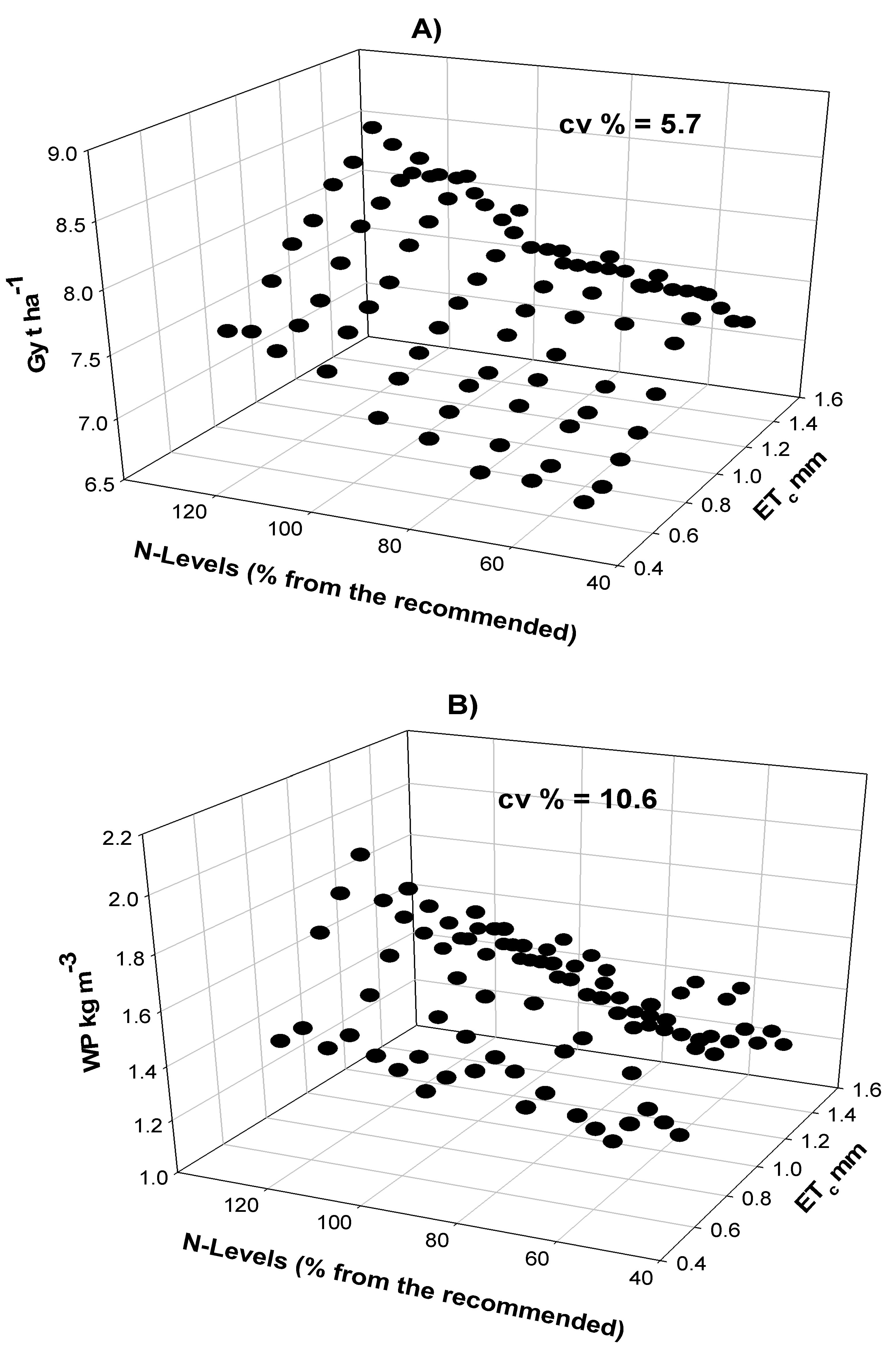


#APSIM SOYBEAN VERNALIZATION SIMULATOR#
25 km).Īgricultural Production Systems Simulator (APSIM) is known as a highly advanced simulator agricultural systems in the world. The simulations were carried out using two different resolutions: 0.44° (approx. The domain covers roughly the region from about 27°W to 76☎ longitude and 7°S to 45°N latitude. We used CORDEX MENA data in which the simulations were performed on a rotated grid with the pole at 180°W longitude and 90°N latitude. A total of 1700 phenological stages were used over the 10 years of crop evaluation.Ĭlimate change data were downloaded from one of The World Climate Research Programme (WCRP) project so called Coordinated Regional Climate Downscaling Experiment (CORDEX). Farming management information such as the amount of fertilizer, irrigation and frost and pest were also recorded. The canola phenological stages are including planting, germination, emergence, the first true leaf, rosette, ceasing of the winter growth, budding, stem elongation, flowering, pod, ripening and harvesting. Agrometeorological data, including phenology and biometry from 2001 to 2010 were gathered and summarized. Okapi is one of the winter varieties which were recommended for the study area. The meteorological data have been converted into compatible text format with APSIM.Ĭanola has several varieties. The data were used after quality control process.

Required meteorological data including precipitation, solar radiation, and daily maximum and minimum temperature were obtained from 6 synoptic weather stations in the study area. The soil physical properties were obtained from Agricultural Research center of Farokhshahr.

The aim of this study is to investigate the impacts of climate change on phenological stages and yield of Canola by APSIM-canola modules.Ĭhaharmahl va Bakhtiari in the southwestern Iran is one of the main agricultural production zones in Iran. Assessment of the impacts of climate change on phenology and yield of agricultural crops in different regions show different results. These results must be combined with simulation models to predict crop yield and phenological stages. To understand the impacts of climate change, it is necessary to project the future climate based on different emission scenarios. Many scientists used APSIM to simulate the phenology and yield of canola. A lack of understanding of the effects of high and low temperature extremes on reproductive processes is currently limiting the use of the module outside conventional sowing dates and agro-climatic zones.Climate has a key role in plant growth process and, therefore, it is clear that climate change will directly affect sowing and harvesting of cultivate crops. Physiological characterisation of new cultivar types, such as hybrids, Indian mustard ( Brassica juncea), and new herbicide tolerance types is required to make the module more applicable to contemporary canola production systems. Further testing of N responses is required. There is a need to develop better predictive routines for grain oil content that take account of the dynamics of grain filling and interactions with environmental conditions, and improve upon current regression-type approaches. Testing on vernalisation-responsive winter types and in high yielding situations has indicated that more research is required to define phenology parameters and yield forming processes in high yielding environments. The module has been validated on more than 250 data points across Australia, China, and Germany and typical root mean squared deviations for days to flowering are ~5 days and for grain yield are ~0.4 t ha –1. This paper presents a summary of the parameters in the module and reviews the physiological evidence justifying their values and module performance, and reflects on areas of module improvement and application.ĪPSIM-Canola simulates crop development, growth, yield and nitrogen (N) accumulation in response to temperature, photoperiod, radiation, soil water and N supply, with a daily time-step, using well-accepted approaches. There has been no peer-reviewed account of the scientific underpinnings of the module, despite considerable testing across a wide range of environments in the Australian grains industry and numerous applications of the model to address agronomic and crop adaptation issues. The canola ( Brassica napus L.) module in the Agricultural Production Systems Simulator (APSIM) was developed in the late 1990s.


 0 kommentar(er)
0 kommentar(er)
